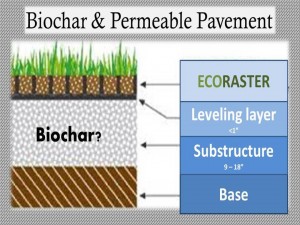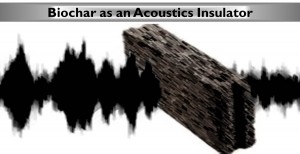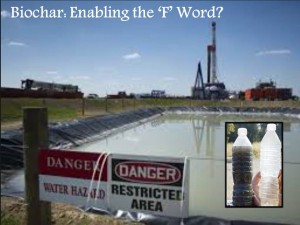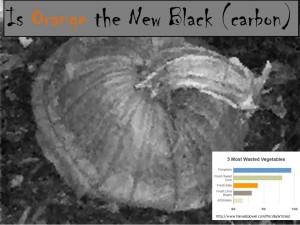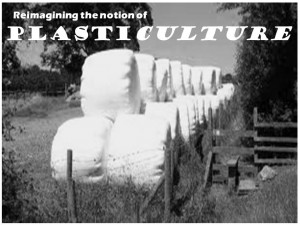The combination of biochar and permeable pavements may just provide a very viable, not to mention green, path to fighting & adapting to climate change. Permeable pavements provide a plethora of economic and environmental benefits over traditional fossil fuel based pavement options such as asphalt. They promote storm water management, erosion control, reduced flooding, water filtration, reduce heat island effect and lower maintenance costs over 20 years. Some such as Ecoraster, can even be snowplowed over which is obviously a big concern in my neck of the woods! These types of pavements can be used for everything from parking lots to paddocks, roads to rooftops, lawns to links and could probably replace things like astroturf with a much healthier alternative.
The love connection between biochar and pavers takes place underground, somewhere between the base and leveling layer (see pic). Base layers are generally filed with gravel, while small stones make up the substrate layer, and soil sits on top in the leveling layer. Depending on where the pavers are being used and if the traffic will be of the two or four legged or wheeled variety, the depth of each of these layers can vary significantly. Suffice to say though that the volume of char and related carbon that could potentially be sequestered under these pavers could be considerable. [If any of you susty engineers out there would like to do a back of the envelope calculation per square foot using biochar with a carbon content of 75%, I’d be very happy to update this post with your findings!] Beyond the carbon sequestration benefit, there is the not insignificant filtration benefit that biochar brings. More and more research is showing that biochar can be specifically tweaked to capture different metals or nutrients so depending on where pavements are laid, the char could be customized to deal with specific issues. This would result in groundwater and aquifers receiving fresh filtered water, something which places like California would welcome no doubt!
Buy why stop at merely using the char in the substrates? Right now these pavers are made from recycled plastic, which isn’t a bad thing. But in the not too distant future, it is highly likely that these could be fabricated with a 3D printer using biochar materials, making it even more earth friendly. The biochar-permeable pavement combination may sound like the road less traveled right now, but I predict that as the impacts of climate change descend ever more frequently and forcefully, humanity may well beat a well worn path to the door of permeable pavement and biochar!

